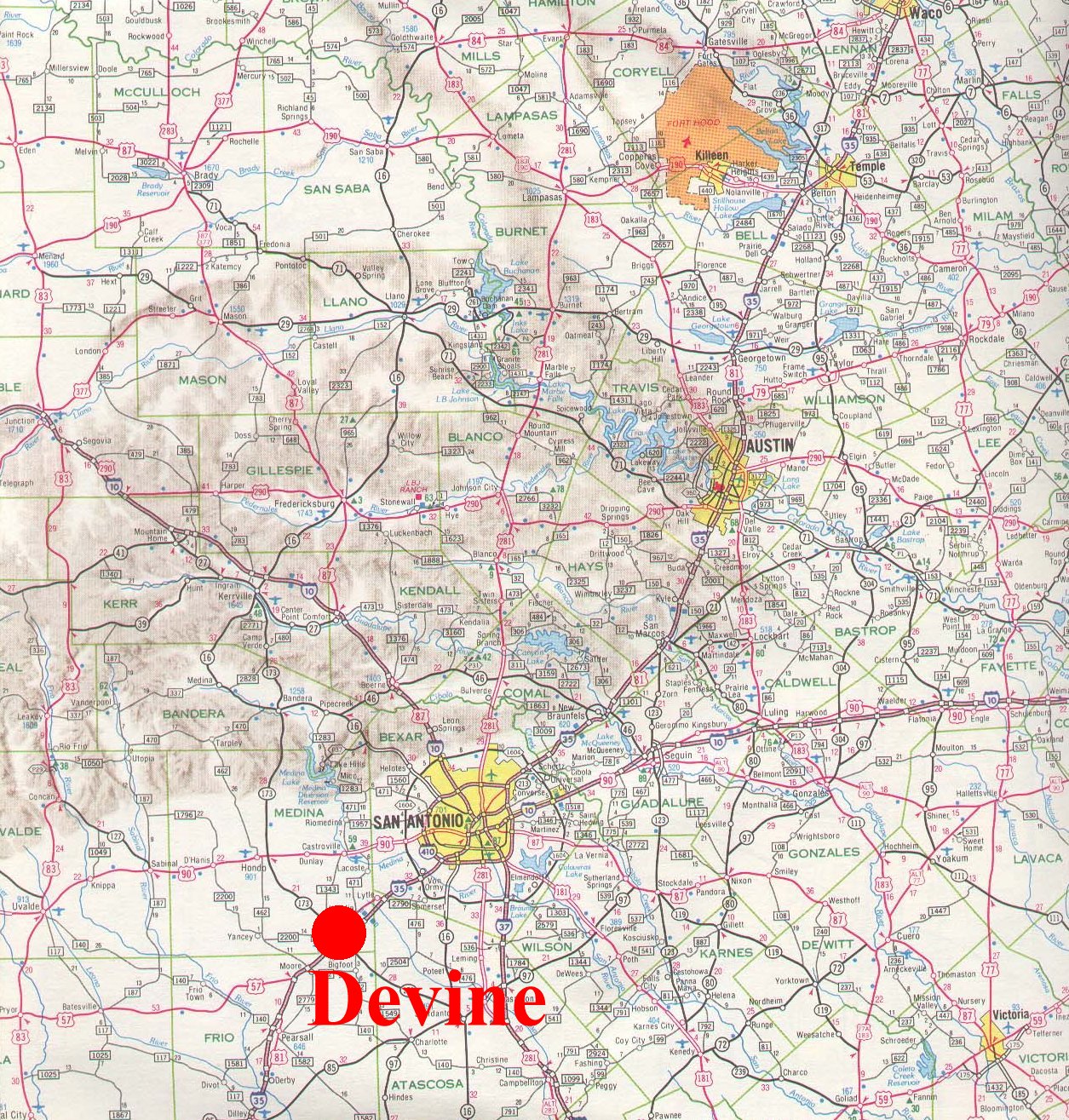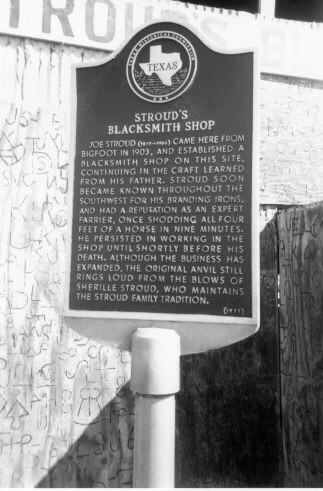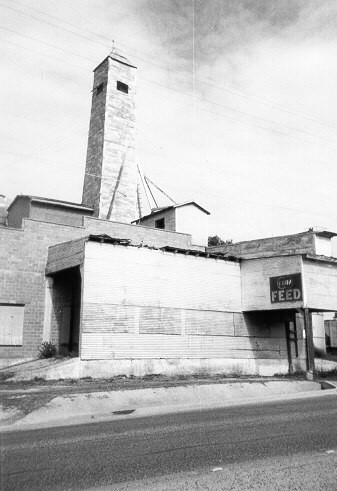 |
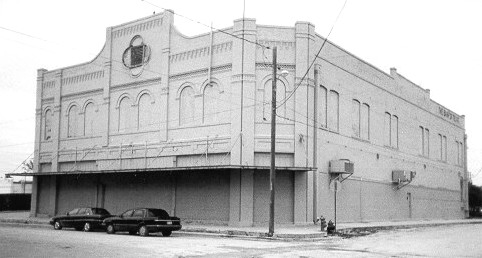
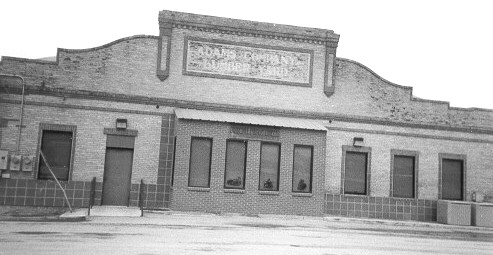

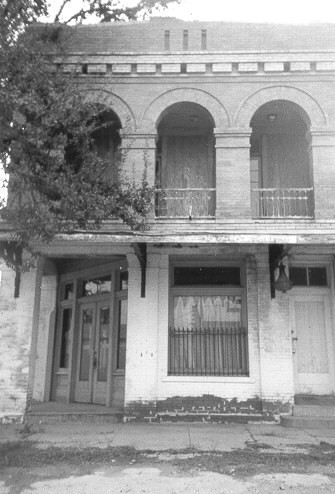

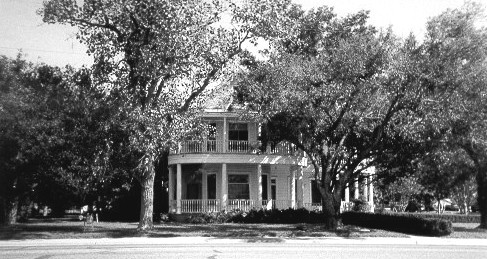
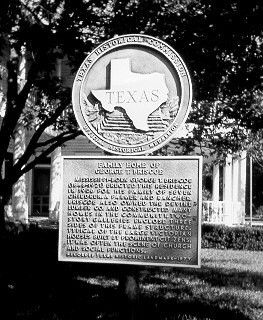
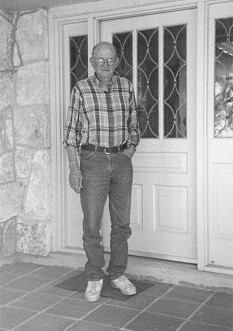

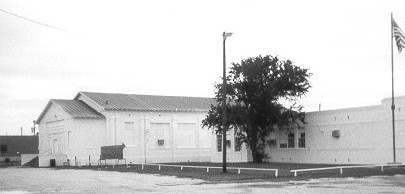

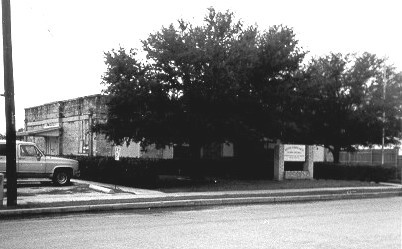
Bain Bill, Joe E. Briscoe, and Burney W. Driscoll et al. "History of Devine" (Devine Library) C80-C96.
Henry Briscoe, Personal Interview.
Aubrey Driscoll, Personal Interview.
Greater Devine Chamber of Commerce, Devine Texas: The Name Says it all. Brochure.
Greater Devine Chamber of Commerce, Welcome to Devine Texas. "Brief History of the City of Devine." pg 2-5.
The Devine News "Devine and Natalia Newcomer and Visitor Guide" October 1997. pg 2-40.
